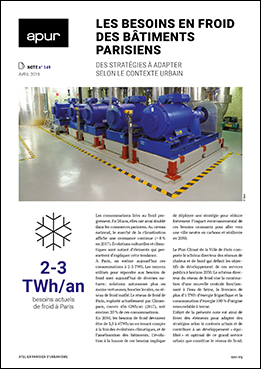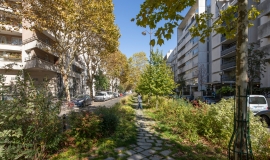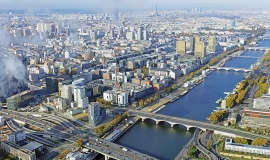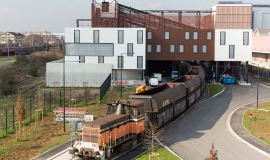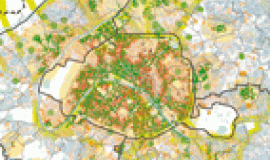Strategies to be adapted to the urban context in response to the cooling needs of Parisian buildings
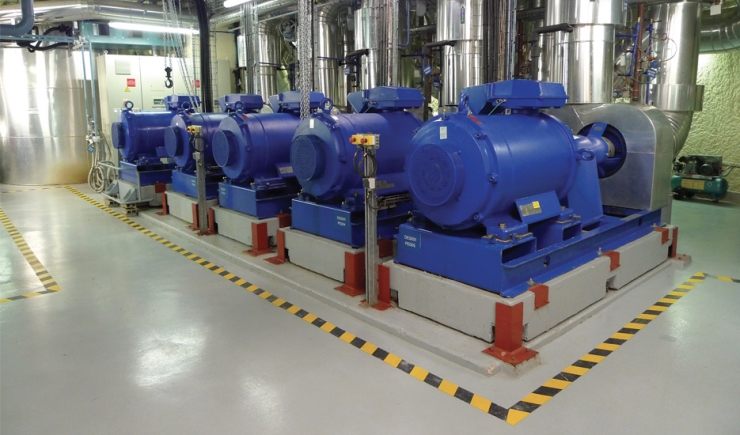
Consumption linked to cooling continues to increase and has doubled in Parisian shops over the past 20 years. At a national level, the air-conditioning market has grown steadily (+8% in 2017). Both cultural and climatic developments can explain this trend.
Consumption in Paris today is estimated at 2-3 TWh. The methods now used to address cooling needs vary greatly: autonomous solutions of varying degrees of eco-friendliness, local loops or interconnected cooling networks.
The cooling network in Paris currently run by Climespace, uses 456 GWh/per year (2017), that is around 20% of overall consumption.
In 2050 cooling needs are estimated to be from 3.5 to 4TWh per year taking into account climate change and improvements made to buildings. These growing needs will mean putting into play a strategy that greatly reduces their environmental impact and makes it possible to move towards a resilient, sustainable, carbon neutral city by 2050.
The Paris City Climate Plan includes a master plan for heating and cooling networks which defines the development objectives of these public services to be achieved by 2050. The master plan for the cooling network aims to build a new cooling station that works using water from the River Seine, produces over 1TWh of cooling energy and ultimately will run on 100% renewable energy resources.
The present note is therefore intended to provide elements for adapting strategies according to the urban context and to contribute to the “balanced” and optimal development of this major urban service that provides the cooling network.

